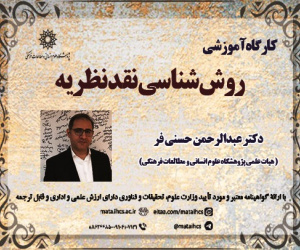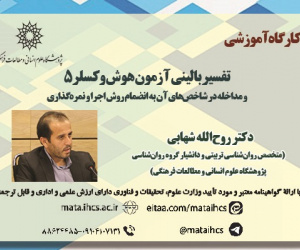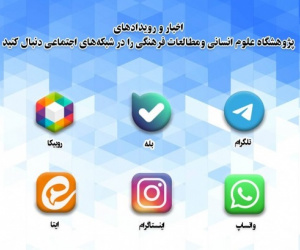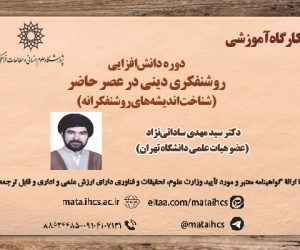موزه ها و سیاست حافظه در دوره پهلوی دوم (مقاله علمی وزارت علوم)
درجه علمی: نشریه علمی (وزارت علوم)
آرشیو
چکیده
موزه ششم بهمن در بهمن ماه سال ۱۳۵۵ در محل مجموعه شهیاد (آزادی کنونی) افتتاح شد. این موزه از جمله تلاش های حکومت پهلوی در کنار دیگر ابزار همانند انتشارات، جشن ها و یادبودها برای تبلیغ انقلاب سفید شاه بود. این پژوهش با نگاهی به تلاش های حکومت پهلوی در راستای اشاعه اصول انقلاب سفید به چگونگی شکل گیری این موزه و اهداف ساخت آنها می پردازد و با بررسی طراحی موزه ها، رابطه آنها را با سیاست های حافظه ای حکومت پهلوی مورد مطالعه قرار می دهد. روش این تحقیق توصیفی تحلیلی است و داده های تحقیق از اسناد و مدارک دست اول از جمله نامه های رسمی، قراردادها و عکس، و منابع کتابخانه ای جمع آوری شده است. یافته های تحقیق نشان می دهد که ایجاد موزه هایی مانند موزه ششم بهمن در دوران حکومت پهلوی به منظور ایجاد تاریخی رسمی برای مشروعیت بخشی به حکومت، تبلیغ ایدئولوژی و اصول مورد نظر آنها و شکل دهی به حافظه جمعی بود. در موزه ششم بهمن، حکومت با به کارگیری پیشرفته ترین روش های سمعی و بصری و جدیدترین روش های نمایش در صدد بود تا میان گذشته شکوهمند ایران و «تمدن بزرگ» پهلوی ارتباط برقرار کند و روایاتی گزینشی و در خدمت تبلیغات خود را اشاعه دهد.Museums and the Politics of Memory in Late Pahlavi
Constructing and founding museums was considered as a pricnipal part of the government cultural policy during the Pahlavi period. In this regard, a museum was inaugurated in 1977 within the Shahyad complex (now Azadi) align with the other efforts to disseminate the White Revolution such as publications, celebrations, and commemorations. This research explores how this museum was founded and what were the purposes behind its foundation. It also analyzes the design of the museum and the objects on display, in order to study its relationship with the Pahlavi memory policies. The method in this research is descriptive-analytical. The data is also collected from documents including official letters, contracts, and images as well as library resources. The research findings indicates that by founding museums, such as the Sixth Bahman Museum, the Pahlavi government sought to make an official history to promote the government, legitimize it and shape the collective memory. By using the most advanced audio-visual methods and displaying selected objects, the atmosphere of the museum served the government's propaganda in establishing a relation between the glorious past of Iran and the Pahlavi "great civilization" and disseminating their intended narratives.







